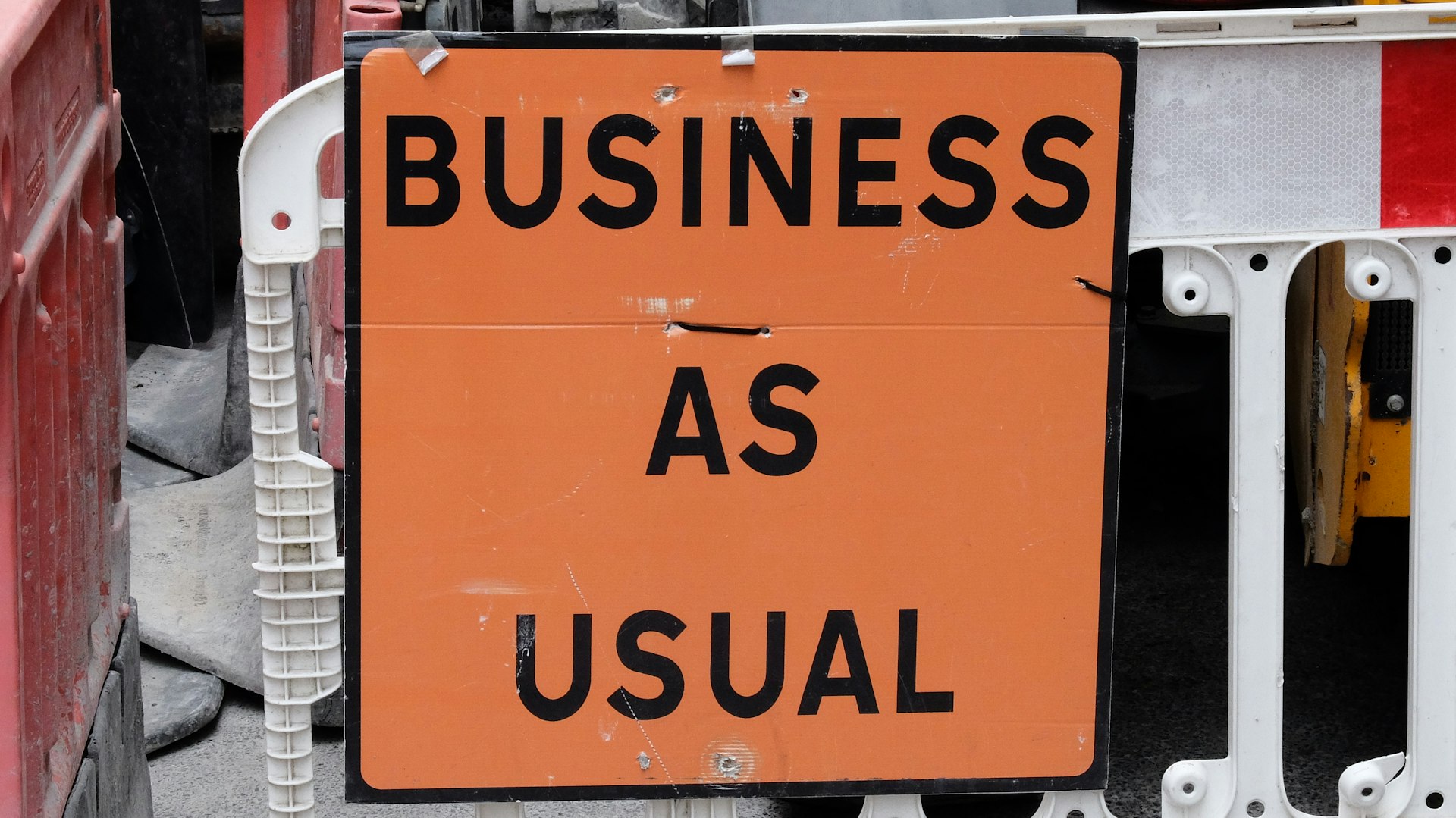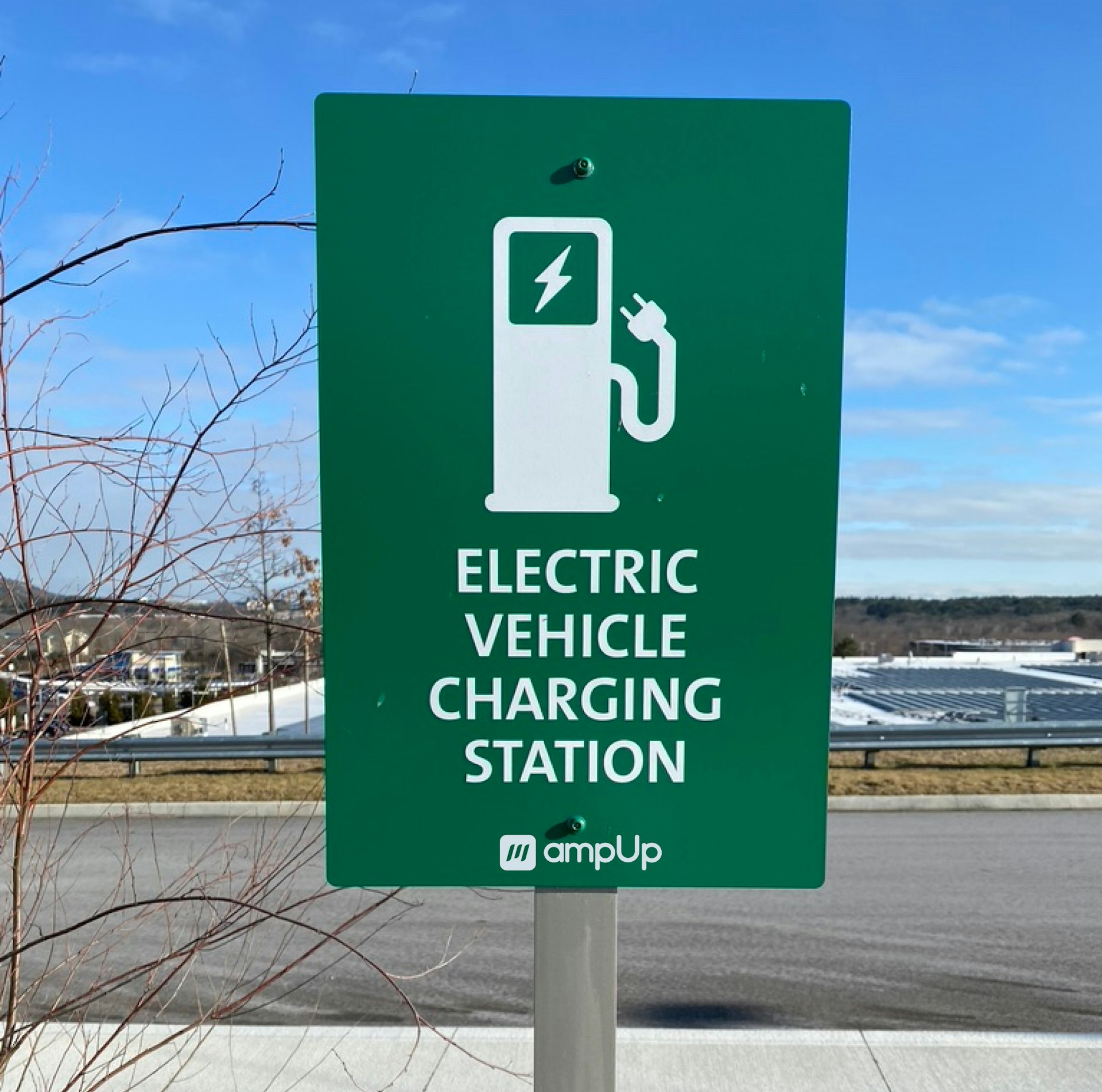Navigating Zero-Emission Vehicle Mandates: Current Policies and What’s Next

Photo by Adil Sattarov on Unsplash
Understanding Zero-Emission Vehicle Mandates
Zero-emission vehicle (ZEV) mandates are regulatory policies requiring automakers to sell an increasing percentage of vehicles that emit no tailpipe pollutants. These typically include battery electric vehicles (BEVs), hydrogen fuel-cell vehicles (FCEVs), and, in some cases, plug-in hybrid vehicles (PHEVs). ZEV mandates are designed to accelerate the shift away from internal combustion engines, reduce greenhouse gas emissions, and position regions at the forefront of clean technology innovation. As climate goals become more ambitious, ZEV mandates have emerged as a central policy tool for governments worldwide. [1]
Current Policy Landscape
In the United States, the structure and enforceability of ZEV mandates have been shaped by complex interactions between federal and state governments. Historically, California has led the charge through its Advanced Clean Cars (ACC) program, enabled by a federal waiver under the Clean Air Act. This waiver allowed California-and by extension, other states choosing to follow its lead-to impose standards more stringent than federal requirements. For instance, ACC I required 22% of new vehicle sales to be ZEVs by model year 2025, with ACC II ramping up to 100% ZEV sales by 2035. [1]
However, in June 2025, a major policy shift occurred when the federal government rescinded California’s waiver. This action, executed through the Congressional Review Act and associated executive orders, effectively terminated California’s authority to mandate ZEV sales independently of federal standards. Several states-including Colorado, Maryland, Massachusetts, New Jersey, New York, Pennsylvania, and Washington-that had adopted California’s standards are now embroiled in legal challenges and policy uncertainty. [2]
Despite the federal rollback, the momentum for ZEV adoption remains strong at the state and local levels. For example, Massachusetts continues to implement aggressive targets for state fleet electrification, aiming for 5% ZEVs in 2025, 20% in 2030, 75% in 2040, and full conversion by 2050. The state is also expanding public charging infrastructure to support these goals. [3]
International Approaches and Flexibility in Mandates
The United Kingdom has also set ambitious ZEV targets: 80% of new cars and 70% of new vans must be ZEVs by 2030, rising to 100% by 2035. Recent policy reviews have introduced additional flexibilities, such as the transfer of credits from non-ZEV sales, but the overall targets remain legally binding. [4] These flexibilities are intended to allow automakers some leeway in compliance, especially in the face of supply chain disruptions or evolving market dynamics. However, critics caution that such adjustments can introduce uncertainty and slow progress if not carefully managed.

Photo by Adil Sattarov on Unsplash
Economic Incentives and State-Level Adaptations
Incentive programs have played a crucial role in accelerating ZEV adoption. For example, California historically offered up to $7,500 in federal tax credits for ZEV purchases, but new federal legislation has ended these credits as of July 2025. In response, California is exploring alternative funding sources, such as its cap-and-trade program, to provide state-level incentives and maintain momentum toward clean transportation goals. [5]
To access new or ongoing state incentives, it is recommended that consumers:
- Monitor announcements from the California Air Resources Board (CARB) and other relevant state agencies, as new programs may require legislative approval or budgetary allocation.
- Consult with local dealerships and utility companies, which may offer rebates, discounted charging equipment, or special rate plans for ZEV owners.
- Search for “state zero-emission vehicle rebates” and include your state name to find the most current programs and eligibility requirements.
For fleet operators, engaging with the Massachusetts Department of Energy Resources Leading by Example Program can provide up-to-date guidance on compliance and available grant opportunities. [3]
Implementing Zero-Emission Vehicle Mandates: Step-by-Step Guidance
Organizations and individuals seeking to comply with or benefit from ZEV mandates can take the following steps:
- Stay Informed: Track policy developments at both federal and state levels. Policy reversals can impact eligibility for incentives, compliance requirements, and long-term vehicle procurement strategies.
- Assess Your Needs: Evaluate your current vehicle usage patterns and determine which ZEV technologies-BEV, FCEV, or PHEV-best meet your operational requirements.
- Explore Incentives: Use official state websites, utility company portals, and dealership resources to identify available rebates, tax credits, and infrastructure support.
- Plan for Charging: For both individuals and fleets, ensure access to adequate charging infrastructure. Consult state energy offices or recognized industry organizations for guidance on siting, installation, and funding for charging stations.
- Monitor Compliance Deadlines: If you manage a public fleet or business fleet, keep track of mandated conversion timelines. For Massachusetts, this includes meeting progressive ZEV adoption targets and infrastructure benchmarks. [3]
- Leverage Partnerships: Collaborate with industry groups, local governments, and community organizations to share knowledge and resources for a smoother ZEV transition.
Case Studies and Real-World Examples
California: Despite the loss of federal tax credits, California is innovating through state-level initiatives. In 2025, more than 1.75 million new cars were sold, with over 25% being ZEVs or plug-in hybrids. The state plans to leverage its cap-and-trade program, which generates $4 billion annually, to fund new ZEV incentives. [5] Legislative action will determine the structure and size of these future incentives.
Massachusetts: The state’s Leading by Example Program sets clear, phased adoption targets for public fleets, while also focusing on charging infrastructure expansion. Agencies are encouraged to develop transition plans and seek technical assistance from the Department of Energy Resources. [3]
United Kingdom: Despite regulatory flexibilities, the UK remains committed to world-leading targets for ZEV adoption, with clear annual benchmarks and a firm 2035 deadline for 100% ZEV sales. [4]
Challenges and Solutions
Challenge: Rapid policy changes create uncertainty for automakers, consumers, and infrastructure planners. The rescinding of state waivers and federal incentives can disrupt investment and delay adoption.
Solution: Diversify information sources and maintain flexibility in planning. By monitoring both legislative and market developments, stakeholders can adapt strategies and take advantage of new programs as they become available.
Challenge: Upfront costs and infrastructure gaps remain significant barriers, especially for lower-income communities and rural areas.
Solution: State and local governments can prioritize equity in incentive design, direct funds to charging infrastructure in underserved areas, and promote public-private partnerships to accelerate deployment.
Future Outlook and How to Prepare
The landscape of zero-emission vehicle mandates is evolving rapidly. While federal policy may shift, state and international initiatives continue to drive progress. Organizations and individuals should:
- Maintain awareness of both policy changes and new incentive opportunities by subscribing to updates from state energy offices and environmental agencies.
- Develop multi-year plans for vehicle procurement and infrastructure investments, keeping potential regulatory shifts in mind.
- Engage in local and regional planning efforts to ensure that infrastructure and incentives are aligned with community needs.
For the most current information on ZEV mandates and incentives, search for your state’s official energy or environmental agency website, and review updates from organizations such as the U.S. Department of Energy’s Alternative Fuels Data Center (AFDC). Engage with local dealerships, utility companies, and industry associations for hands-on guidance and support as you navigate the transition to zero-emission transportation.
References
- [1] Climate Policy Dashboard (2025). Zero-Emission Vehicle Mandates and Clean Cars Regulations Overview.
- [2] Seyfarth Shaw LLP (2025). Analysis of Federal Rollback of California’s Emission Waiver and Its Impact.
- [3] U.S. Department of Energy (2025). State Zero Emission Vehicle and Infrastructure Deployment Requirements.
- [4] International Council on Clean Transportation (2025). UK Zero Emission Vehicle Mandate Policy Review.
- [5] LA Times (2025). California’s State-Level ZEV Incentives and Future Plans.
MORE FROM smartsavingsfinder.com













